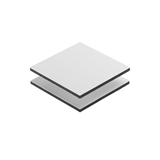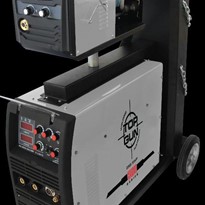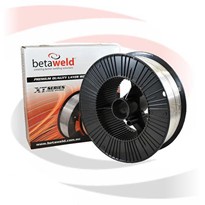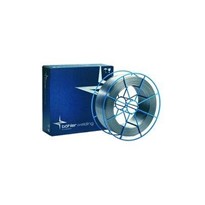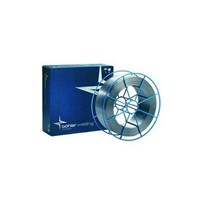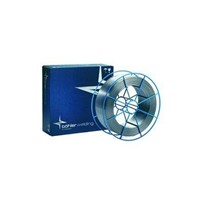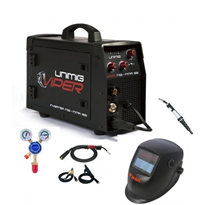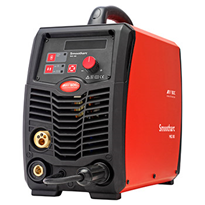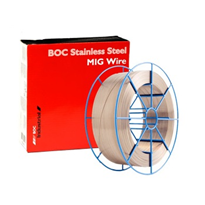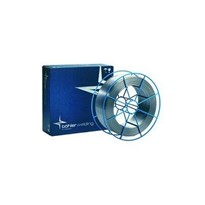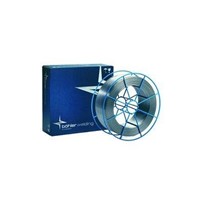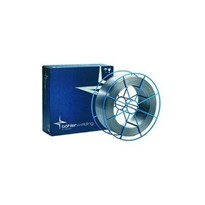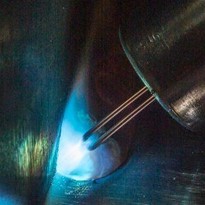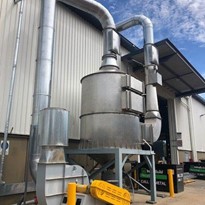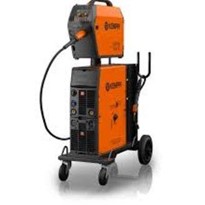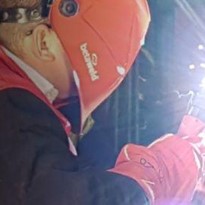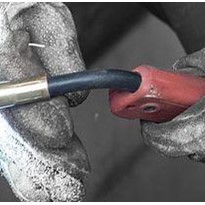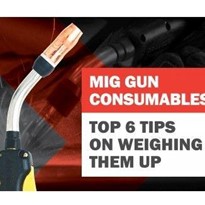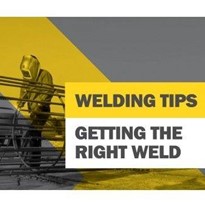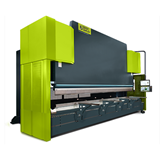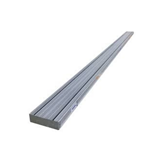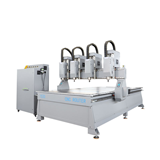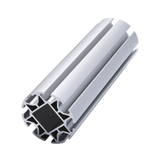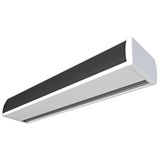Aluminum as a fabrication material is now more prevalent than ever and its use can be traced to a host of industrially designed objects - from vehicles to household items. With this demand, the need to weld aluminum has never been greater. Aluminum is attractive to industrial designers in many fields, due to its lightweight attributes and corrosion-resistant properties. Aluminum fabrication is becoming commonplace in fabrication shops of all sizes, and so must the skills required to weld this often mysterious and difficult metal.
To those experienced in steel welding, aluminum can present some real challenges. Equipment must be adapted specifically to handle the softer aluminum wire and machine settings that normally work fine for steel may not be appropriate. In fact, aluminum wire can easily be damaged by equipment set-up for steel wire. To be successful, there are some special considerations that must be taken.
|
|
We will look at three areas:
|
|
Wire Guides Contact Tips |
|
Brake Tension
Be sure the brake tension on the wire spindle is set more loosely than it would normally be set for steel. This way, less force is required to pull the wire off of the spool.
Gun Cables
Because the column strength of aluminum is much less than steel, feeding aluminum wire can be compared to 'pushing spaghetti uphill'. Therefore, be sure to keep the gun as straight as possible to minimize tangling.
Power Sources
When deciding which power source to buy for aluminum welding, an operator needs to ask two basic questions: 1) how often will I will weld aluminum?; and 2) what is the typical thickness of material that needs to be welded? First answering these questions will serve to guide the buyer in the right direction.
Infrequent Aluminum Welders
Those who don't plan to weld aluminum on a regular basis should consider a small wire feed welder system in the 130-170 amp range. The only caveat is that this type of system will only weld a limited range of material thickness (usually from 3/32" to 3/16"). Also, a purchaser will need to buy a manufacturer's kit for aluminum to be sure to have the right liners and tips.
More Frequent Users
Those who will weld a variety of aluminum applications on a frequent basis should move up to a larger machine with more amperage and the capability to weld thicker materials.
Aluminum Fabricators
For serious aluminum fabricators, another great feature to look for in a unit is one with pulse welding capabilities. Pulsing can allow the use of a larger diameter wire electrode than otherwise possible, equating to easier feeding and less porosity.
Feeding System Selection
Having the proper wire electrode feeding system for aluminum welding is imperative.
There are three main ways to feed aluminum wire:
1. Push system
2. Spool gun
3. Push-pull system
Push System
|
|
What is it? Recommended For Advantages and Benefits Limitations |
Spool Gun
|
|
What is it? Recommended For
|
Push-Pull System
|
|
What is it? Recommended For
|
Types of Push-Pull Systems
Separate, dedicated slave cabinet
This type of system requires the greatest number of components, including a special pull gun, welding power source and separate wire feed cabinet.
 Add-on pull torch with an assist motor
Add-on pull torch with an assist motor
Some manufacturers offer an add-on gun for standard push wire feeders systems. These unusual guns contain an assist motor in the gun. However, the potential drawback to this type of push-pull system occurs if the wire feeder motor pushes the wire at a faster rate or with greater torque than the assist motor in the gun, increasing the likelihood of birdnesting or tangling of wire.
Self-contained power source or wire feeder
These systems consist of a combination all-in-one power source and wire feeder unit with a motor that is easily switched to operate as a single push motor or behave as an assist motor in the classic push-pull system. A true push-pull gun acting as the primary motor is used with these systems to provide all of the advantages of the classic push-pull component system.
However, this is the best option in the push-pull category, since it provides true push-pull behavior with fewer components. Instead of three pieces, this system only requires two - the combination wire feeder/power source and the push-pull gun. Purchasers save nearly $1,500 in equipment costs, since they don't need to purchase a separate wire feeder cabinet.
Some models, such as Lincoln Electric's Power MIG™: The Professional Choice, 300, offer the
benefit of full pulsing capabilities with tailored welding waveforms designed for aluminum that can be programmed into the machine for difficult-to-weld applications, such as particularly thin material. Self-contained power sources/wire feeders also provide the versatility of easily switching between steel and aluminum wire since operators can choose push only or push-pull operation.
Conclusion
Armed with the knowledge presented in this article, a welding operator should be able to distinguish between the many MIG aluminum set-ups on the market today and be able to decide which one is best for a given application.









